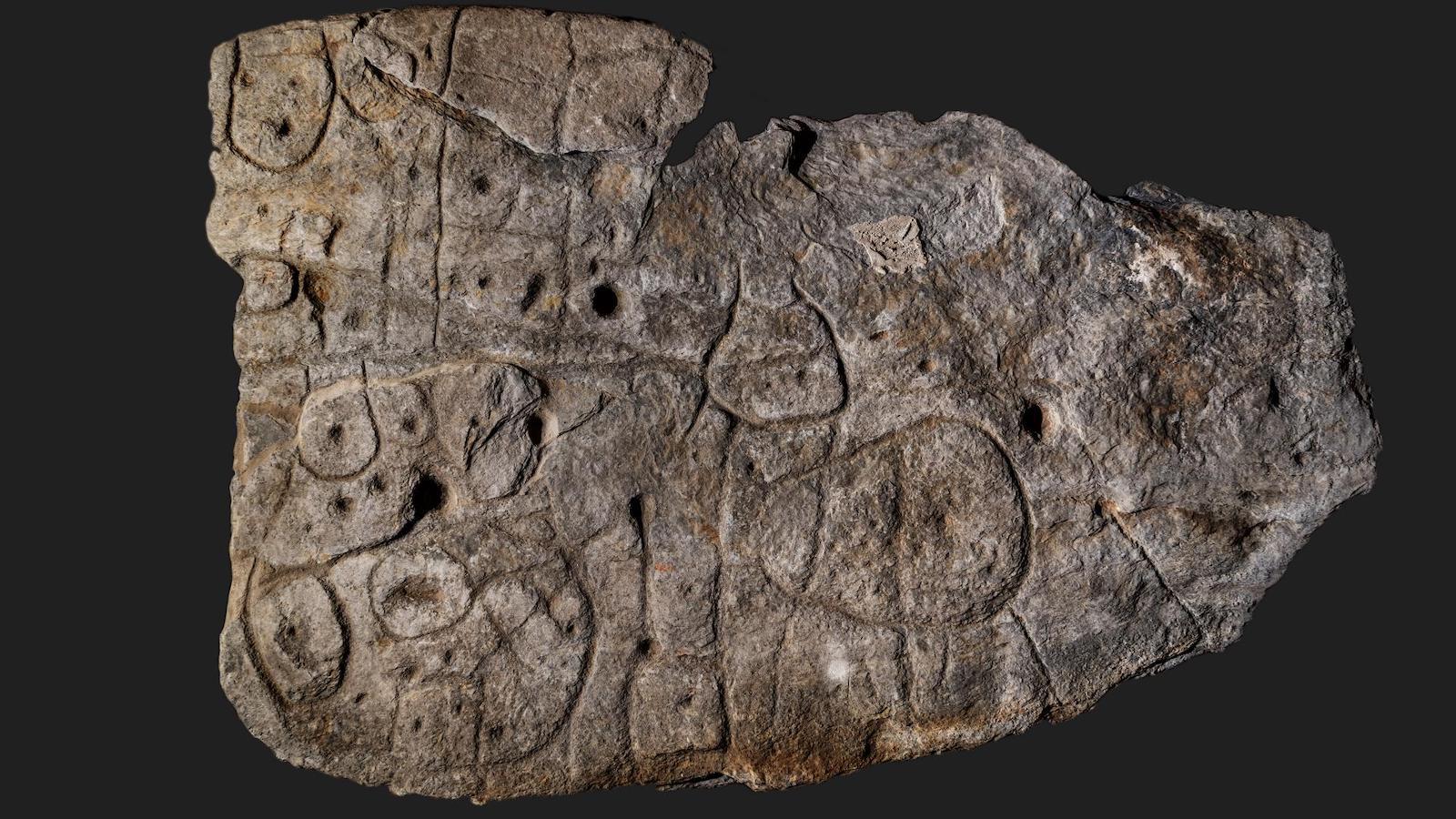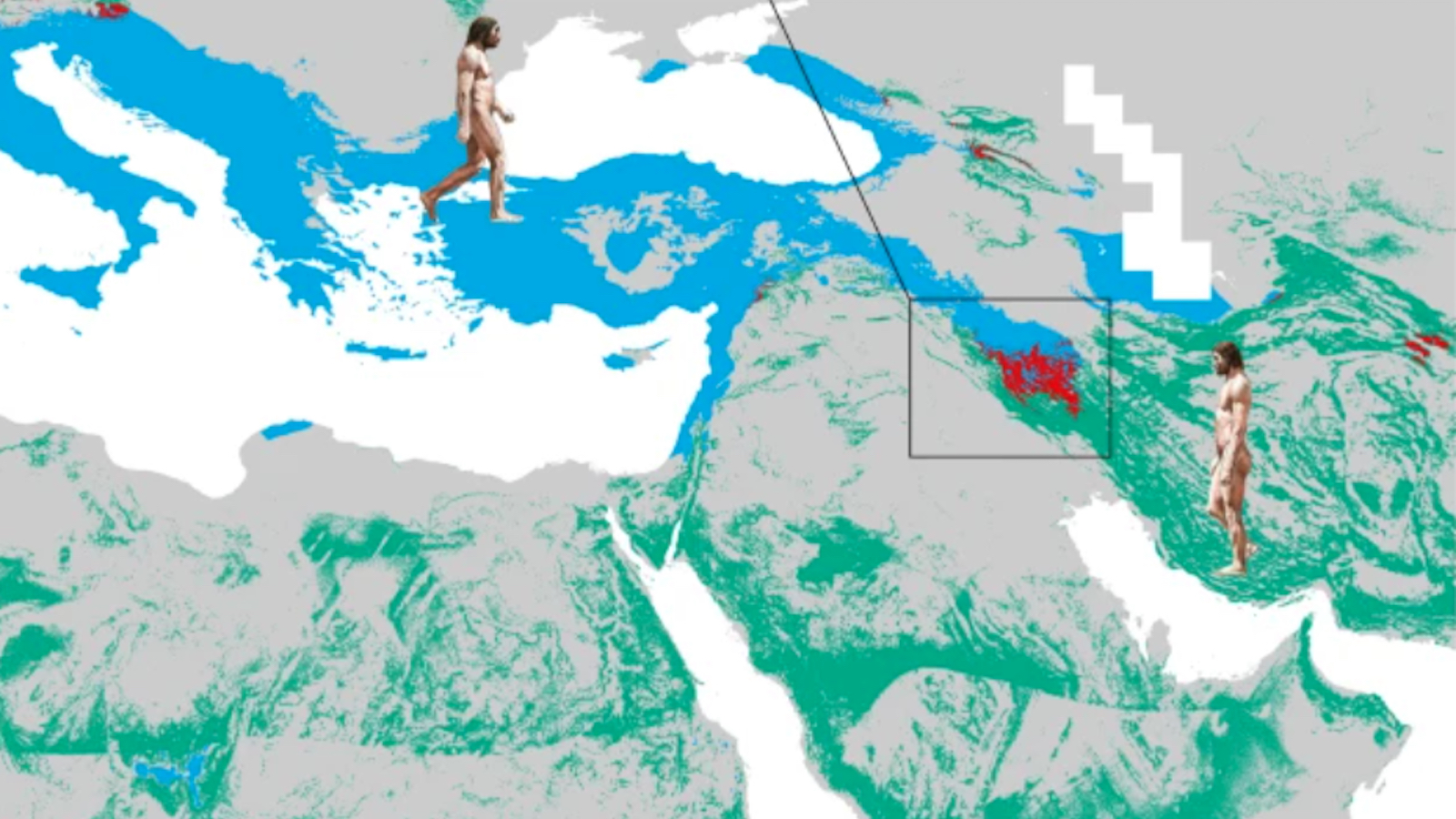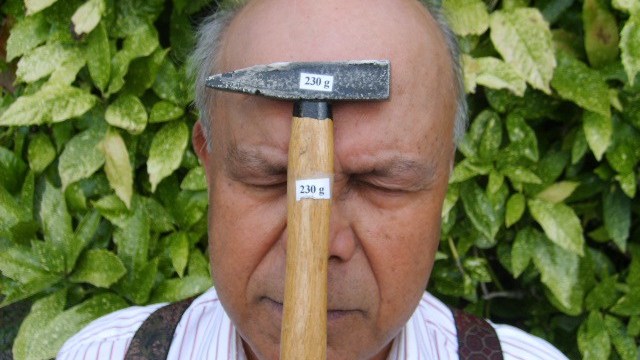Mysterious dodecahedrons of the Roman Empire

Credit: Woudloper, CC BY-SA 3.0
- In 1739, a strange, twelve-sided hollow object from Roman times was discovered in England.
- Since then, more than a hundred dodecahedrons have been unearthed, but their purpose remains unknown.
- The only thing we know for sure is where they were found, which points to a Gallo-Roman connection.

In the first episode of Buck Rogers, the 1980s television series about an astronaut from the present marooned in the 25th century, our hero visits a museum of the future. A staff member brandishes a mid-20th-century hair dryer. “Early hand laser,” he opines.
As an observation of how common knowledge gets lost over time, it’s both funny and poignant. Because our museums also stock items from the past that completely baffle the experts.
One of the strongest clues: the map
Few are as intriguing as the hundred or so Roman dodecahedrons that we have found. We know next to nothing about these mysterious objects — so little, in fact, that the various theories about their meaning and function are themselves a source of entertainment.
One of the strongest clues we have is this map, which tells us that they were particularly popular in one corner of the Roman Empire: northern Gaul and Roman Germany.
So, what do we know?
Roman dodecahedrons — or more properly called Gallo-Roman dodecahedrons — are twelve-sided hollow objects, each side pentagonal in shape and almost always contain a hole. The outer edges generally feature rounded protrusions.
Most of the objects are made from bronze, but some are in stone and don’t have holes or knobs. The dodecahedrons are often fist-sized yet can vary in height from 4 to 11 cm (about 1.5 to 4.5 in). The size of the holes also varies, from 6 to 40 mm (0.2 to 1.5 in). Two opposing holes typically are of differing sizes.
Objects of this type were unknown until the first one was found in 1739 in Aston, Hertfordshire. In all, 116 have been dug up from sites as far apart as northern England and Hungary. But most have been found in Gaul, particularly in the Rhine basin, in what is now Switzerland, eastern France, southern Germany, and the Low Countries. Some were found in coin hoards, indicating their owners considered them valuable. Most can be dated to the 2nd and 3rd century AD.

A toy, a tool, a calendar?
No mention of the dodecahedrons from Roman times has survived. Any theory as to their function is based solely on speculation. Some suggestions:
- A specific type of dice for a game since lost to history.
- A magical object, possibly from the Celtic religion. A similar small, hollow object with protrusions was recovered from Pompeii in a box with either jewellery or items for magic.
- A toy for children.
- A weight for fishing nets.
- The head of a chieftain’s scepter.
- A kind of musical instrument.
- A tool to estimate distances and survey land, especially for military purposes.
- An instrument to estimate the size of and distance to objects on the battlefield for the benefit of the artillery.
- A device for detecting counterfeit coins.
- A calendar for determining the spring and autumn equinoxes and/or the optimal date for sowing wheat.
- A candle holder. (Wax residue was found in one or two of the objects recovered.)
- A connector for metal or wooden poles.
- A knitting tool specifically for gloves. (That would explain why no dodecahedrons were found in the warmer regions of the Empire.)
- A gauge to calibrate water pipes.
- A base for eagle standards. (Each Roman legion carried a symbolic bird on a staff into battle.)
- An astrological device used for fortune-telling. (Inscribed on a dodecahedron found in Geneva in 1982 were the Latin names for the 12 signs of the zodiac.)

An Indochinese connection
The geographic spread of the dodecahedrons we know of is particular: they were all found in territories administered by Rome, inhabited by Celts. That enhances the theory that they were specific to Gallo-Roman culture, which emerged from the contact between the Celtic peoples of Gaul and their Roman conquerors.
Intriguingly, archaeologists in the 1960s have found similar objects along the Maritime Silk Road in Southeast Asia, except smaller and made of gold. They do not appear to predate the Gallo-Roman artefacts and may be evidence of Roman influence on the ancient Indochinese kingdom of Funan.
For now, and perhaps forever, the mystery of the Roman dodecahedrons remains unsolved.
Strange Maps #1092
Got a strange map? Let me know at [email protected].
Follow Strange Maps on Twitter and Facebook.





